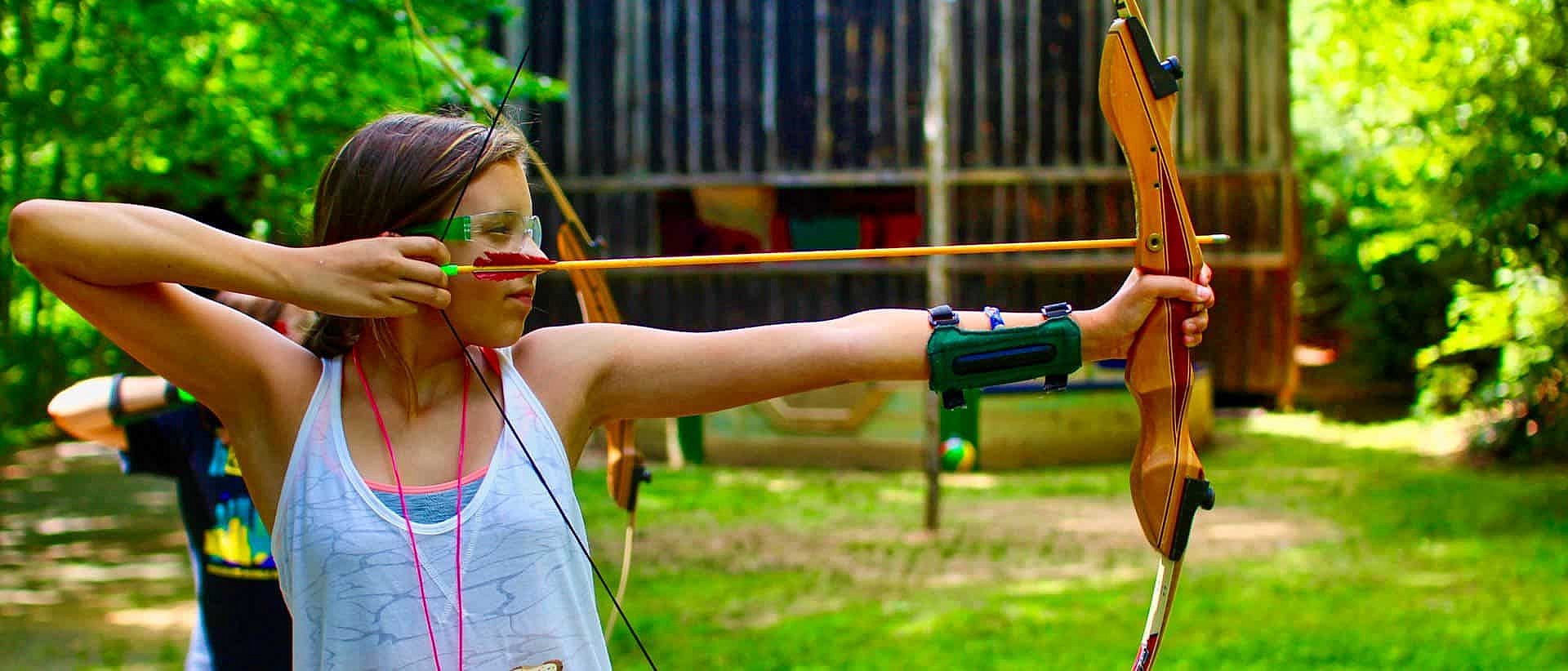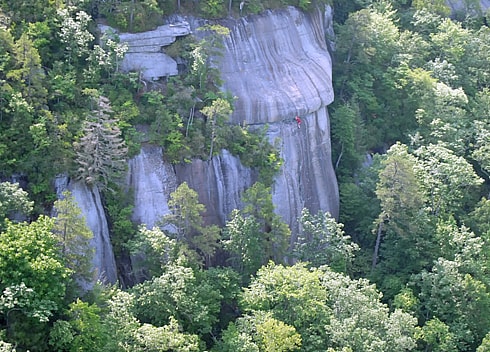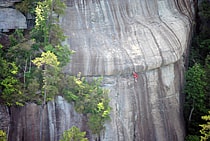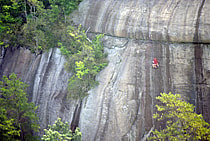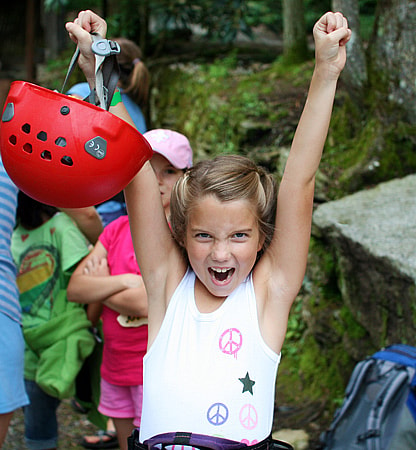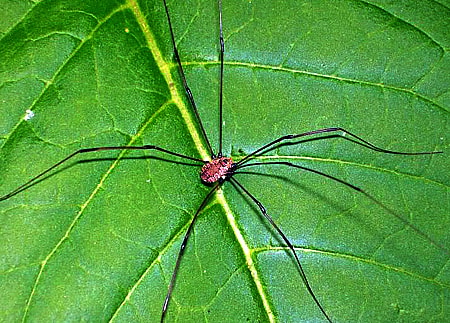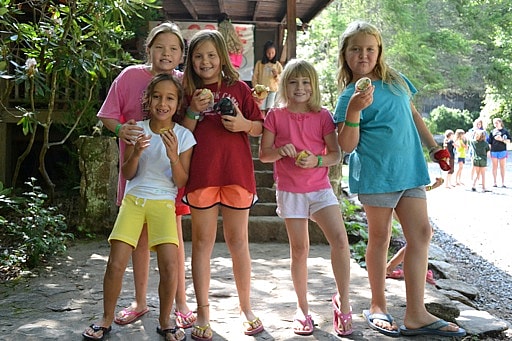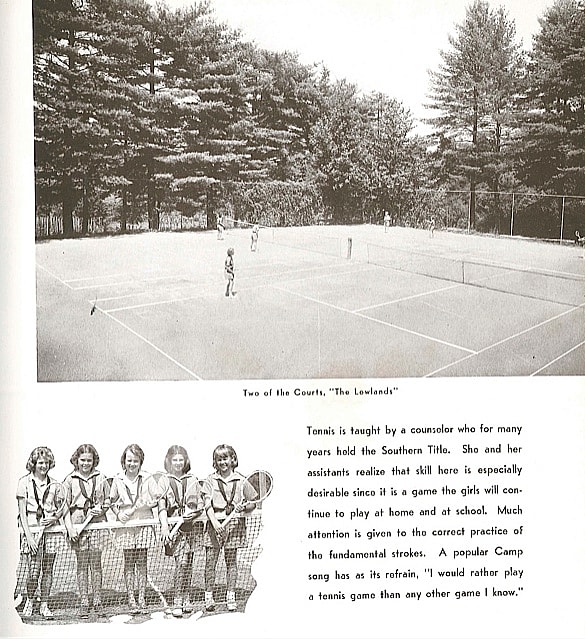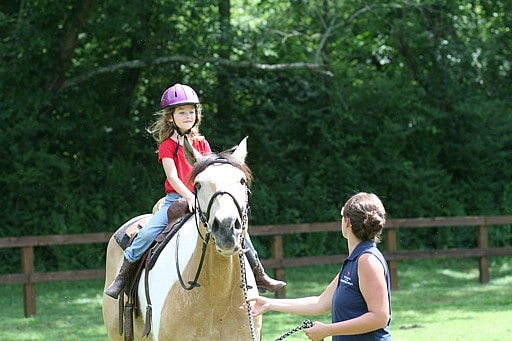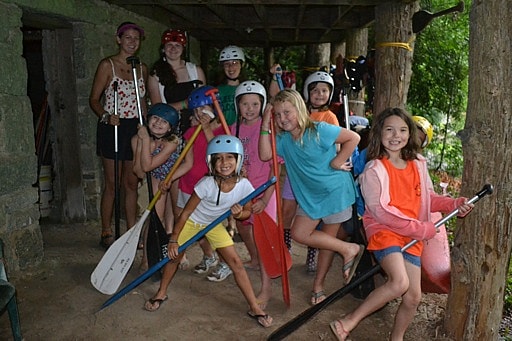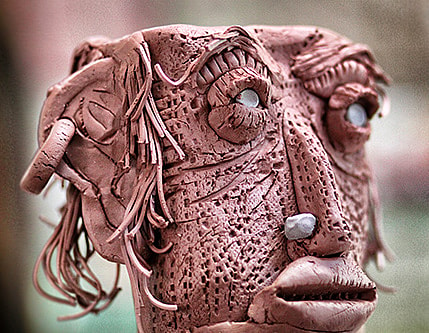Have you seen this aphorism— A Short Course in Human Relations? Its author and origin are unclear, but it’s been around for years, and in various versions. I found one reference to it as a motivational poster spotted in 1987, and now there are even YouTube videos devoted to it.
As you can see, it is eight principles organized as a descending series of “most important words.” Taken together, they are meant to be “wisdom literature,” “rules of thumb” to guide and improve how we relate to other people. There’s certainly a lot to say about each of these principles, but it’s easy so see why the human qualities they represent— humility, honesty, encouragement, openness, respect, gratitude, cooperation, and altruism —are so fundamental to establishing strong, positive human relationships.
To understand how this is relevant to being a camp counselor, we need only to recall the close-knit character of camp, the true community life we share at Rockbrook. As we know, camp is foremost a community of people brimming with enthusiasm and a true sense of belonging shared by everyone. It is quite literally built upon positive “human relations,” daily interactions between people inspired by “central values like kindness, cooperation, compassion, care and generosity.”
Driving this sense of community are the camp staff members, cabin counselors, and directors— the leaders at camp. Beginning with these kinds of admirable character traits, we extend them to others, thereby strengthening the camp community, and ultimately enhancing all the benefits of camp life. The better we are at relating to each other, the better camp is.
So that’s one of the secrets to being a great camp counselor. Be an expert in human relations. Master this short course! Be the kind of person who relates to others in the ways this course advocates, and you’ll be a long way toward becoming an admired leader in any community.

